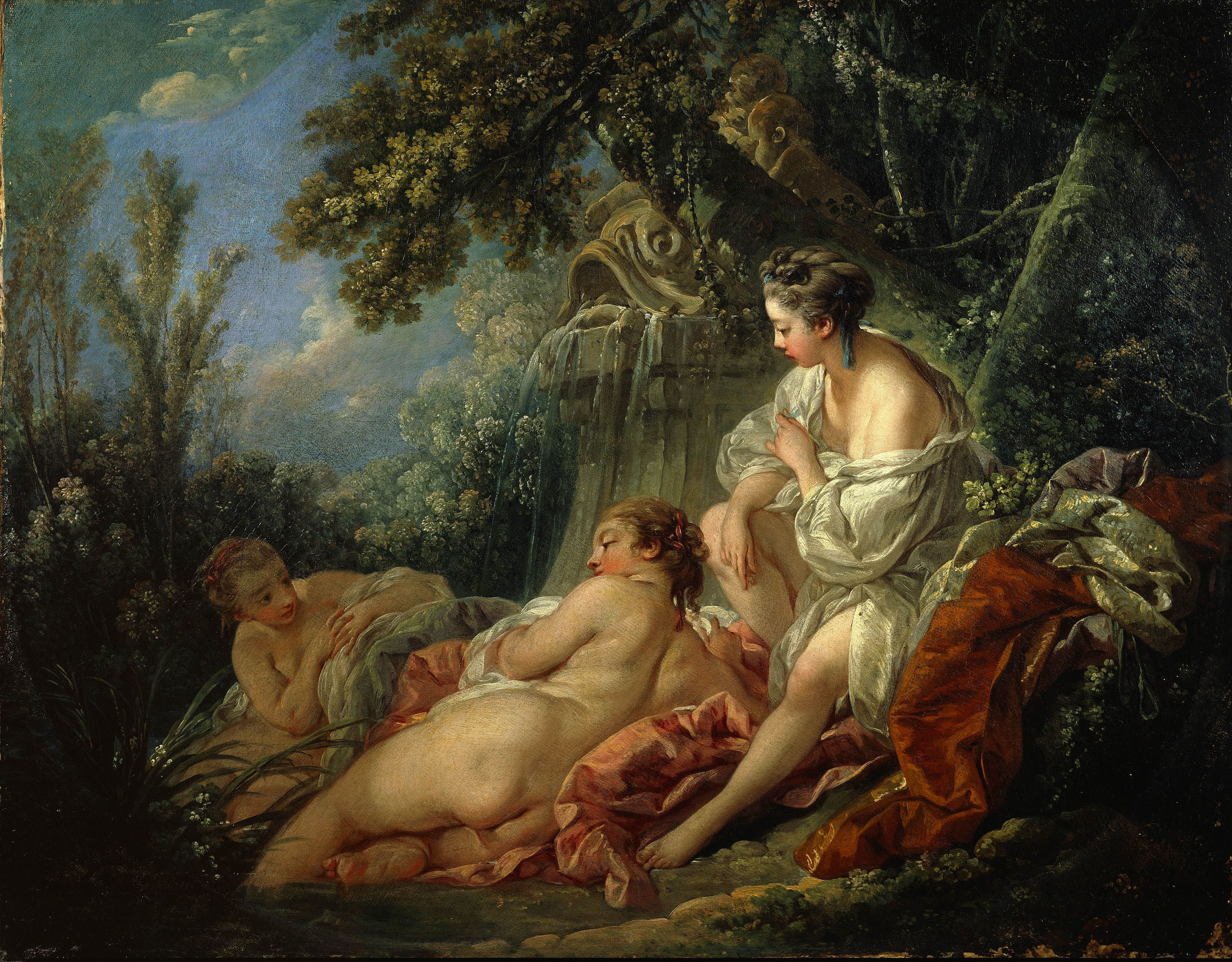Ending the War on Cellulite
I want to talk to you about cellulite. Do you have it, like I do? How do you feel about it? When’s the last time you thought about it? Last summer when you considered putting your bathing suit on and didn’t? This morning when you were looking in the full length mirror? Never? That would surprise me, but I would be sincerely happy for you. If you are a woman, you probably think about it. As I’m typing these words I’m feeling a weird convergence of déjà vu and frustration. I don’t even know how to explain that, but I want to share with you something I wrote in my journal (I know, blogs are not for journal entries, but I feel compelled here):
March 6, 1996
…It makes me think of body image…that our culture has created generations of women who perpetually feel hatred for their bodies and that hatred not only uses up energy that could be used for a more creative pursuit, but that it is also self-abusive. And what does abuse lead to but destruction? The destruction of the mind and emotions come first, but since we are all the sum of body, mind, emotion, and spirit then the body is to follow and the spirit goes along with it.
If we have such deep, penetrating, and longstanding hateful thoughts about our bodies, how is this affecting the whole of our lives?
The how is probably different for everyone…Hating yourself or being critical and judgmental of yourself is a big block– a wall that can seem impenetrable, therefore no change, no movement, no energy can flow…
That was almost 20 years ago, but I can tell you that I was thinking about body image, especially cellulite, way before then.
Some people think that cellulite is simply fat, or maybe fat that includes toxins. Technically, it is fat, but there’s more to it. It’s certainly not toxic fat. And it’s not your fault either. Cellulite is all about how fat shows up, based on the structure of the overlaying skin and connective tissue. Men and women have differences in the structure of connective tissue, that’s why you don’t often see men with cellulite. Hormones affect connective tissue, and connective tissue affects the appearance of skin, and this can cause the condition called cellulite.
It’s a condition, not a disease.
It’s not harmful in any way. While my explanation is terribly simple, and there is more about the science you can read here , my point is to offer a reality check and help you get your perspective on.
How did we get to this dark and dismal place where cellulite is evil and must-be-gotten-rid-of-at-all-costs-lest-we-be-ridiculed-and shamed? And not just by others! The privacy of one’s own home can be a very affective place for self-blame, shame, and isolation.
Has there ever been a time when you decided not to do something because you were worried about your cellulite?
For shame, this dreaded rippling! In the tabloids we can often see the latest offenders. Headlines such as:
“That’s right ladies, age is just a number to cellulite and everyone is eligible for the cottage cheese of death, unless you tone your body by performing targeted exercises.”
And then the latest photo of some celebrity wearing a bikini.
The cottage cheese of death? Really? Last time I checked, the leading cause of death of American women was cancer. That’s real. No mention of cottage cheese.
So, I catch a glimpse of my dimpled thighs recently and I had a stupendous moment of insight. I thought: what if I could see them as a work of art, designed over almost 50 years? What if they told a story, recited a poem, revealed a woven tapestry, or a painted landscape of my life? What if I could stop hating my “evil cottage cheese thighs” for just one minute?
You know how when you look at something really intensely how you see it can change? I had that experience with red potatoes the other day. Their fine, red, bumpy skins are something I’ve never really noticed before, but I decided to do a walking mindfulness meditation in the produce section of my grocery store (yes, I did that) and that’s when I saw them differently. Each one so different: beautiful, bountiful, ruddy complected potatoes.
What if I could see my thighs like I saw the red potatoes—through a different lens–one, not only of compassion, but with perspective as well? My legs move me and have for many years. I can walk, bike, practice yoga…Really, I am quite grateful for my legs! And I’m healthy. Much gratitude for that as well.
How about some inspiration?
Let’s give a nod to painter, Francois Boucher , for this (one of many like it) entitled, The Four Seasons, Summer. It’s a beautiful painting, isn’t it? Idyllic, really. Back then, cellulite wasn’t a sign of toxicity or failure to care for the body. It was normal. It was fine. It was beautiful. And our featured image? Rubens , from whom we get the term ‘rubenesque’.
The time and energy (and money!) we spend on this cellulite war, as a culture and as a nation, interferes and deceives. It interferes with our happiness and deceives us by making us think that we will be happier if, and only if, this horrible, awful, no good condition is relinquished! Like I wrote in my journal 20 years ago, it’s abusive and destructive. It is time not well spent, my dears. I choose to spend my time on other pursuits and passions. I invite you to join me.
Be gentle with yourself. Always. And know that you are loved.
~Sibel
For your reflection~
How are the thoughts you have about your body affecting the whole of your life? What would you have time for if you didn’t worry about cellulite?






